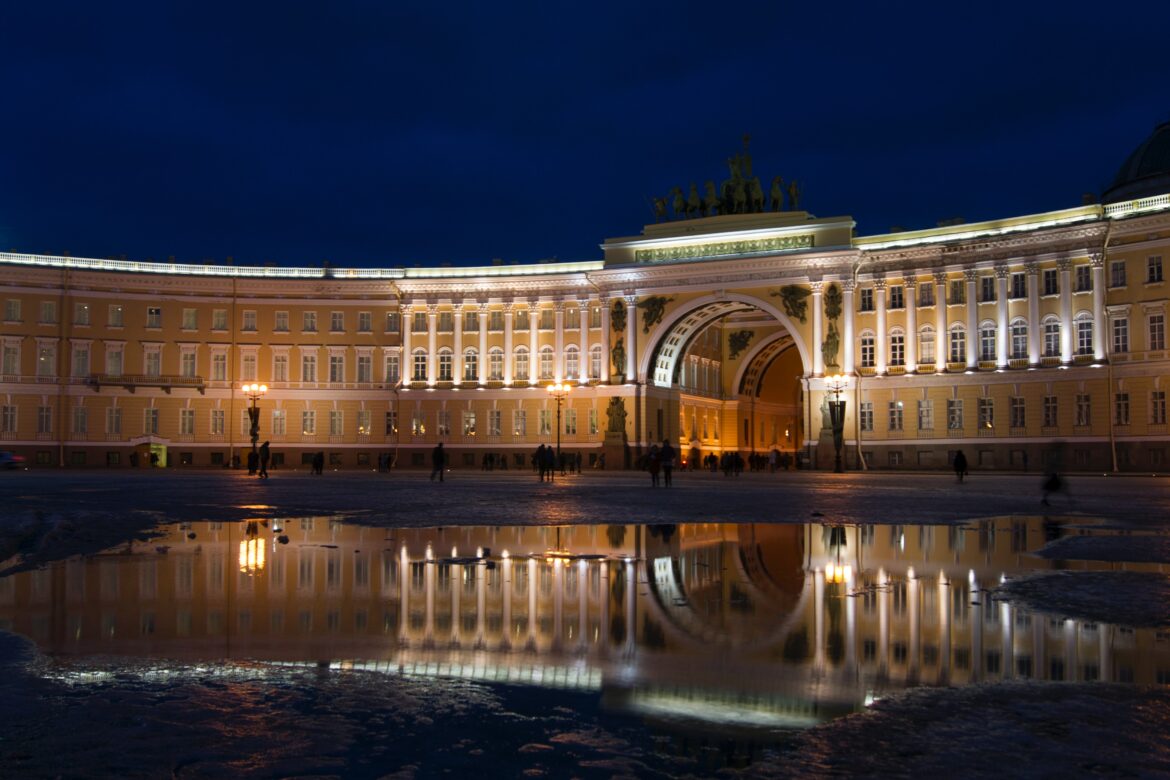The international art world, much like all global institutions, took immediate action in response to Russia’s invasion of Ukraine. Yet the effectiveness and sincerity of their approach are questionable and have arguably caused greater problems than solutions.
So, what has already been done? The most prominent and documented responses have been with regard to Russian artists and art institutions, with incredibly messy consequences. Many international collaborations have been frozen, such as the highly anticipated show by the late Christian Boltanski, a French artist whose work was to be shown in St. Petersberg, or the performance art of Icelandic artist Ragnar Kjartansson, which had been exhibited in Moscow until the announcement of Russia’s invasion. Additionally, Russian artists and curators have withdrawn from working in international institutions, most notably the closing of the Russian pavilion at the Venice Biennial, as well as multiple contemporary museums in Russia that have ceased all programming. These closings and cancellations — while morally admirable — have reverberating repercussions, with years worth of planning and investments derailed indefinitely, and no clear path to reconciliation.
With no overarching voice in the international world, a profound change has occurred in now-isolated Russia, drawing parallels to the censorship and politicization of art last seen before the fall of the iron curtain. Many museum leaders have resigned, often due to their opposition to Putin’s actions, including former museum director Vladimir Opredelenov who stated in the Instagram post announcing his resignation, “my attitude to current world events does not coincide with that of many of my colleagues. Artists that have spoken out have also faced serious consequences in their home country, such as Yulia Tsvetkova and Oleg Kulik, both of whom are on trial for their recent works. Russian artists have thus been advocating against this wave of “cultural sanctions,” saying that isolating Russian artists will only further deepen the artistic and cultural divide between the East and West, after years of efforts to reconcile.
Other than as a symbol of solidarity, no positive results have come from these boycotts. However, the impact on Russian artists is clear. The crisis in Ukraine has been going on for more than half a year, and the many actions taken in the art world have had no visible impact on Russia’s behaviour. Worse, by cutting off Russian art internationally, most have lost the only safe output for the critique of their government. Curator and columnist Anton Svyatsky points out that during the Cold War, it was cultural connections that “gave Russians hope that they could overcome authoritarianism,” yet the first response taken today is to eliminate all cultural connections. Putin and his war benefit more from artistic crackdowns as it allows Russia to further isolate itself and reduce dissenting voices from being heard abroad.
In contrast, there are various routes the art world can and should take if it wishes to make effective changes. First, changes to the art market can contribute further to economic sanctions that have been imposed against Russian oligarchs. The wealthy class in Russia has made billions through the notably opaque art market, often from American art houses and galleries. The use of freeports — warehouses where valuables can be stored tax-free — has been especially lucrative for these oligarchs. However, task forces from Western countries who intended to seize Russian assets held abroad have failed to do so because of the elusive nature of ownership within the industry. As a U.S. Treasury report explains, the “mobility, concealability, and subjective value of artwork” are what make it a particularly attractive vehicle for those wishing to evade sanctions. Therefore, major players in the industry —auction houses, dealers, galleries, and buyers — need to proactively work with governments to impose stronger regulations, and implement them effectively. Simultaneously, sweeping transformations to the practices and culture of the industry itself would have an impact in the long term, especially so that art as an escape route is no longer possible for any illicit actors.
In the meantime, Ukrainian voices and art needs to be of the highest priority. Fighting on the ground has put Ukrainian artwork and heritage sites at an incredibly high risk of looting, trafficking, and destruction, as reported by the International Council of Museums. Ukrainian artists have suffered immensely from the war, and need to be supported and uplifted as much as possible during this time.
The publicized nature of the invasion has allowed for many positive changes in this regard. For example, the International Council of Museums has created an emergency red list of heritage sites to be protected and shared with international law enforcement. In addition, powerful institutions across the globe have made strides in allowing Ukrainian work to be created and shown, such as the $2.5 million grant given by the Helen Frankenthaler Foundation, or The Captured House exhibition, currently travelling across various cities and showcasing over 50 Ukrainian artists.
In comparison, the efforts made against Russian artists and institutions seem performative and ineffective. Why spend time removing artworks and halting exhibitions to make a statement, when time and money could be much better served elsewhere? Why punish Russians who bear no responsibility for the actions of their government as a way to show solidarity with Ukraine? These immediate actions made by artistic institutions highlight our general cultural tendencies to react reductively, with boycotts, cancellations, and firings, when what seems glaringly obvious is to create productive changes instead. The impact of closing the doors on Russia’s art world will show its negative effects in the years to come if a reversal of attitudes does not come soon and in full force.
Edited by Liz Bredt

Justine Delangle is in her third year at McGill University, pursuing a B.A. in International Development Studies with a minor in Cultural Studies. She started as a staff writer for Catalyst and is currently an English-language managing editor.

